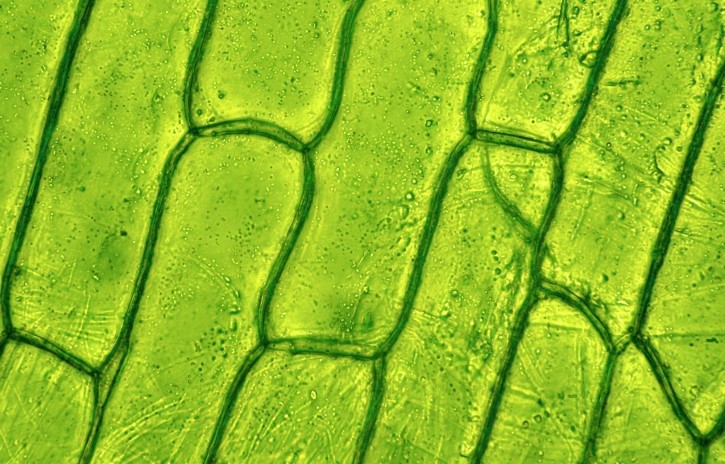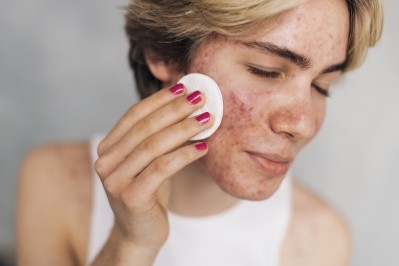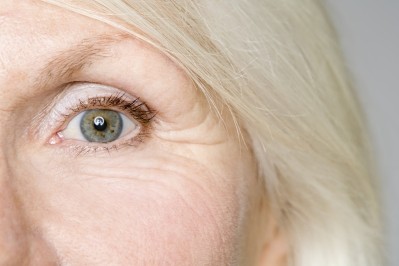Use of plant stem cells in topical formulations on the rise

Market research firm Mordor Intelligence recently reported that "the plant stem cell market is expected to grow at the registered CAGR of 8.2% during the forecast period, 2022-2027." The increased growth rate, the report explained, is due to "companies in the cosmetic industry investing more in the research and development of new stem cell products and applications due to increased demand," and "as a result, the global plant stem cell market is expected to grow as demand for anti-aging, hair care, and skincare products rises."
In the last few years, cosmetic and personal beauty care ingredient manufacturing companies like Mibelle Biochemistry and Vytrus Biotech have launched ingredients like PhytoCellTec Malus Domestica Hair and DEOBIOME NONI, respectively, to capitalize on this growing market segment. Most recently, Italian ingredient manufacturer ROELMI HPC has joined their ranks by releasing MeristeM, which contains stem cells derived from the botanical extract of oak root growth tissue, known as Meristematic cells.
As detailed in a recent company press release, MeristeM is "rich in substances such as phenylpropanoids, it supports and protects cell vitality and to defend the skin against external aggressions…protects the skin from daily damaging free radicals and has soothing, regenerative, and anti-irritant properties." To learn more about plant stem cell cultivation and use in topical product formulations, CosmeticsDesign spoke to Giuliana Graziadio, Product Manager of Personal Care, and Elisa Altieri, Ph.D., Market Manager of Personal Care at ROELMI HPC, for their insights.
CDU: What types of stem cells can be and are used in cosmetic and personal care product formulations?
ROELMI HPC: Using stem cells in cosmetic and personal care product formulations has become an intriguing area of research and development in the beauty industry. Two types of stem cells are commonly used in these formulations: plant stem cells and human stem cells.
The plant stem cells are extracted from the buds, fruits, or the terminal section of the root using extraction processes that do not alter their auto-regenerative properties. Compared to human cells, they are more versatile, able to self-renewal and create differentiated cells to form specialized and unspecialized cells1.
These can potentially develop into any organ or tissue, and they can repair damaged tissues. Therefore, plant stem cells are termed as totipotent cells. They can be used for different purposes: anti-wrinkle, anti-inflammatory, and pain. They can explain their actions through different formulations.
CDU: How are these stem cells derived and prepared as a topical ingredient for cosmetic and personal care product formulations, and what technological innovations are used to prepare stem cells for cosmetic and personal care product formulations?
ROELMI HPC: There is growing interest in using biotechnological approaches to produce plant-derived active substances. These innovations enable the cultivation and extraction of stem cells from plants and human sources, ensuring a consistent and high-quality supply.
Nanotechnology, cryopreservation, and bioreactors contribute to stability, efficient large-scale production, and long-term storage. Techniques like supercritical fluid extraction and advanced separation methods enhance the purity of stem cell extracts.
Additionally, applying metabolomics and analytical technologies ensures quality control. At the same time, green chemistry approaches aim for environmentally friendly extraction methods, collectively contributing to developing potent and standardized stem cell extracts for skincare formulations.2
CDU: How do stem cells work in these types of products to improve the skin's appearance?
ROELMI HPC: Plants produce a great variety of low-molecular-weight organic compounds called secondary metabolites derived from primary metabolites, first of all, the amino acid phenylalanine, carbohydrates, and lipids. By chemical structure, plant-derived secondary metabolites belong to three major classes: the terpenes (isoprenoids, terpenoids), the phenylpropanoids and their polyphenols (flavonoids, tannins, glycosides, lignans, etc.), and the nitrogen-containing molecules (alkaloids and heterocyclic aromatics).
Branch pathways lead to the synthesis of compounds with diverse defensive functions in plants, such as cell wall strengthening to prevent pathogen penetration (polyphenol polymers), wound repair (lignins and suberins), antimicrobial activity (furanocoumarins, pterocarpans, and phytoalexins), and alarm function (salicylic acid).3
Cosmetics containing these extracts can exhibit a photo-protective action against UV rays-induced damage. They can show antioxidant and anti-inflammatory actions.4
CDU: Are there any studies demonstrating stem cells' efficacy in topical skincare applications?
ROELMI HPC: ROELMI HPC has introduced MeristeM, an active ingredient derived from meristematic cells rich in phenylpropanoids. These cells effectively bind to the TRPV3 channel present in keratinocytes and nociceptive fibers, thereby modulating its activity.
The TRPV3 channel plays a pivotal role in perceiving warmth and pain sensations. When the TRPV3 channel is open, it allows a flow of cations into the cell, triggering the production of PGE2 and subsequent activation of the inflammatory pathway. In rigorous testing conducted by ROELMI HPC, MeristeM demonstrated compelling results.
Specifically, at a concentration of 1.0%, MeristeM functions as an antagonist on the nociceptive receptor of keratinocytes. This leads to a significant reduction in the release of PGE2, the primary mediator of pain in the skin.
These findings underscore the efficacy of MeristeM in alleviating pain-related responses and highlight its potential as a valuable component in skincare formulations.
CDU: Are there any plans for further innovation and development in this space? If so, what are those plans?
ROELMI HPC: Due to the positive outcomes observed in the TRPV3 test, ROELMI HPC is currently developing additional tests. Primarily, efforts are underway to explore the anti-inflammatory and anti-pain properties of MeristeM further through in vitro testing.
Furthermore, to broaden the application of MeristeM in dermo-cosmetic products, ROELMI HPC is actively conducting in-vivo tests aimed at demonstrating the efficacy of the active ingredient in addressing prevalent issues in contemporary society, such as dermatitis, itching, and tired leg syndrome.
REFERENCES
1Xu L, Huang H. Genetic and epigenetic controls of plant regeneration. Curr Top Dev Biol. 2014;108:1–33
2 Jha, S.; Badypadhyay, M.; Chaudhuri, K.N.; Ghosh, S.; Ghosh, B. Biotechnological approaches for the production of forskolin, withanolides, colchicine and tylophorine. Plant Genet. Resour. 2005, 3, 101–115
3 Korkina, L.G.; Pastore, S.; De Luca, C.; Kostyuk, V.A. Metabolism of plant polyphenols in the skin: Beneficial versus deleterious effects. Curr. Drug Metab. 2008, 9, 710–729
4 Srishti Aggarwal, Chandni Sardana, Munir Ozturk & Maryam Sarwat , Biotech volume 10, Plant stem cells and their applications: special emphasis on their marketed products Article number: 291 (2020)
















